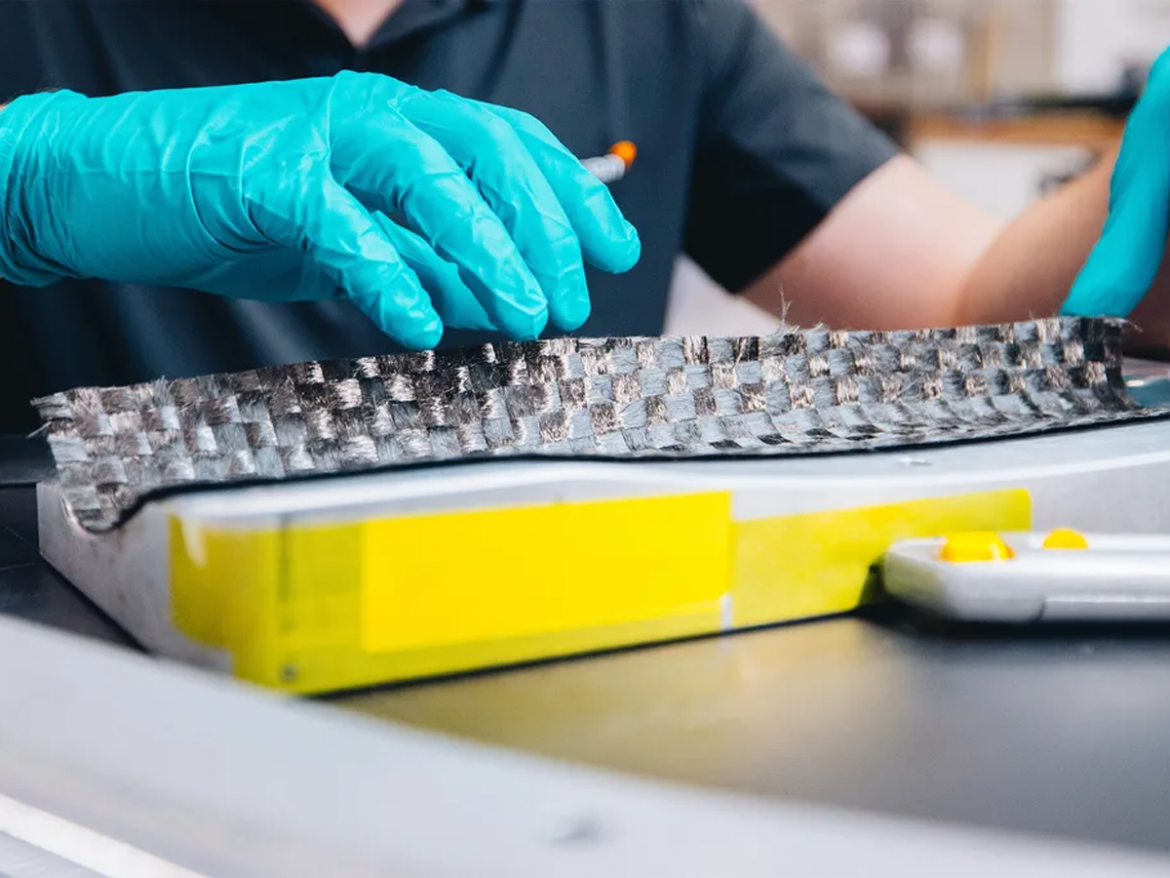McLaren Racing’s Formula 1 team will be among the first ones to debut the use of recycled carbon fibre (rCF) on their MCL60 racecar at this year’s US Grand Prix. This is in line with the team’s goal to develop a fully circular F1 car by 2030 and to help identify and test pioneering technologies and materials during the journey.
This has been possible thanks to McLaren Racing’s new partner, V Carbon, an innovative composites organisation, which has been producing recycled, second-life carbon fibre for use in numerous industries across the world.
McLaren claims the car components manufactured using rCF will be used on the car’s cockpit branding panels. This will allow the team to gather real-world data on the material’s strength and ability to cope with forces, which will determine its future use. McLaren also intends to continue to run rCF on the F1 car for the remainder of the 2023 season for the same.
According to Piers Thynne, Chief Operating Officer, McLaren F1 Team, ‘V Carbon offers up to 85% of carbon fibre original strength, making it strong enough for a variety of applications in F1, and beyond. We will continue to work closely with the FIA, F1 and fellow teams to help accelerate change.’
The manufacturing of an F1 car is one of the largest contributing factors to F1 teams’ overall carbon footprint. Increasing the use of more sustainable materials, therefore, has huge potential to help reduce greenhouse emissions. In fact, even if just 1% of all the carbon fibre manufactured globally in 2022 was rCF, it would have saves close to 32,535 tons of carbon emissions – equivalent to about half of McLaren Racing’s total emissions in 2022.
While McLaren Racing has been working on the development of a fully circular F1 car with long-standing partner Deloitte and now with V Carbon as well, the team is no stranger to the use of pioneering materials in F1. In 1981, McLaren became the first F1 team to race a chassis manufactured wholly from carbon fibre. More recently, in 2020, the team introduced bio-based flax fibre as a substitute for traditional carbon fibre, which has been successfully used in Lando Norris’ car seat ever since.



